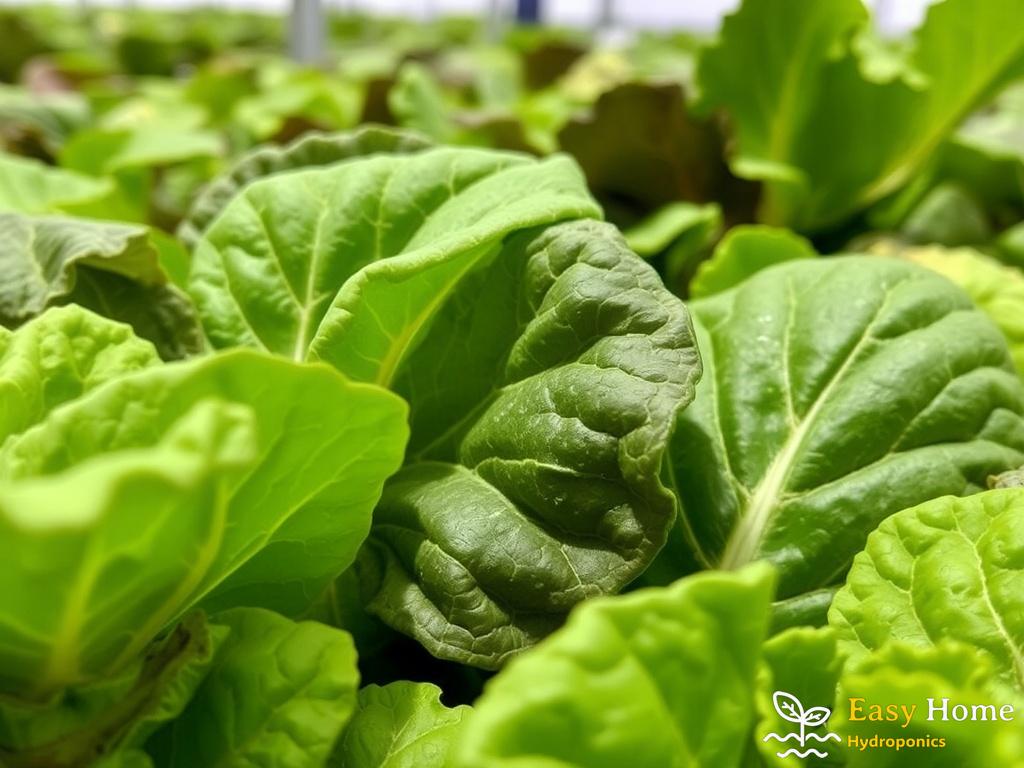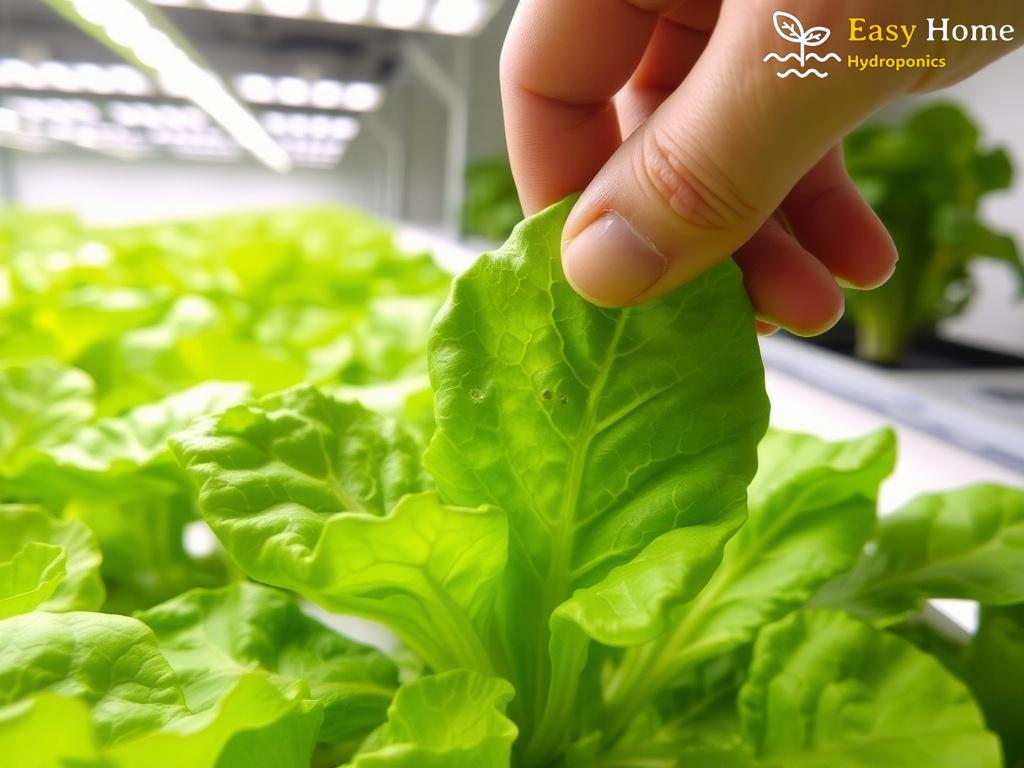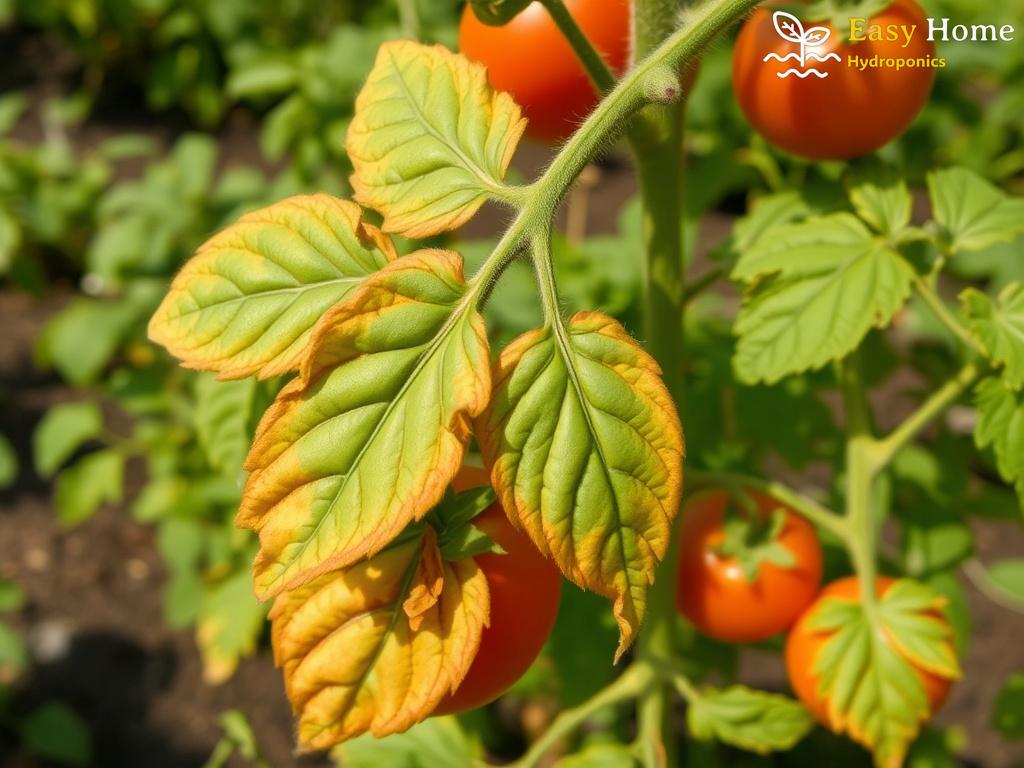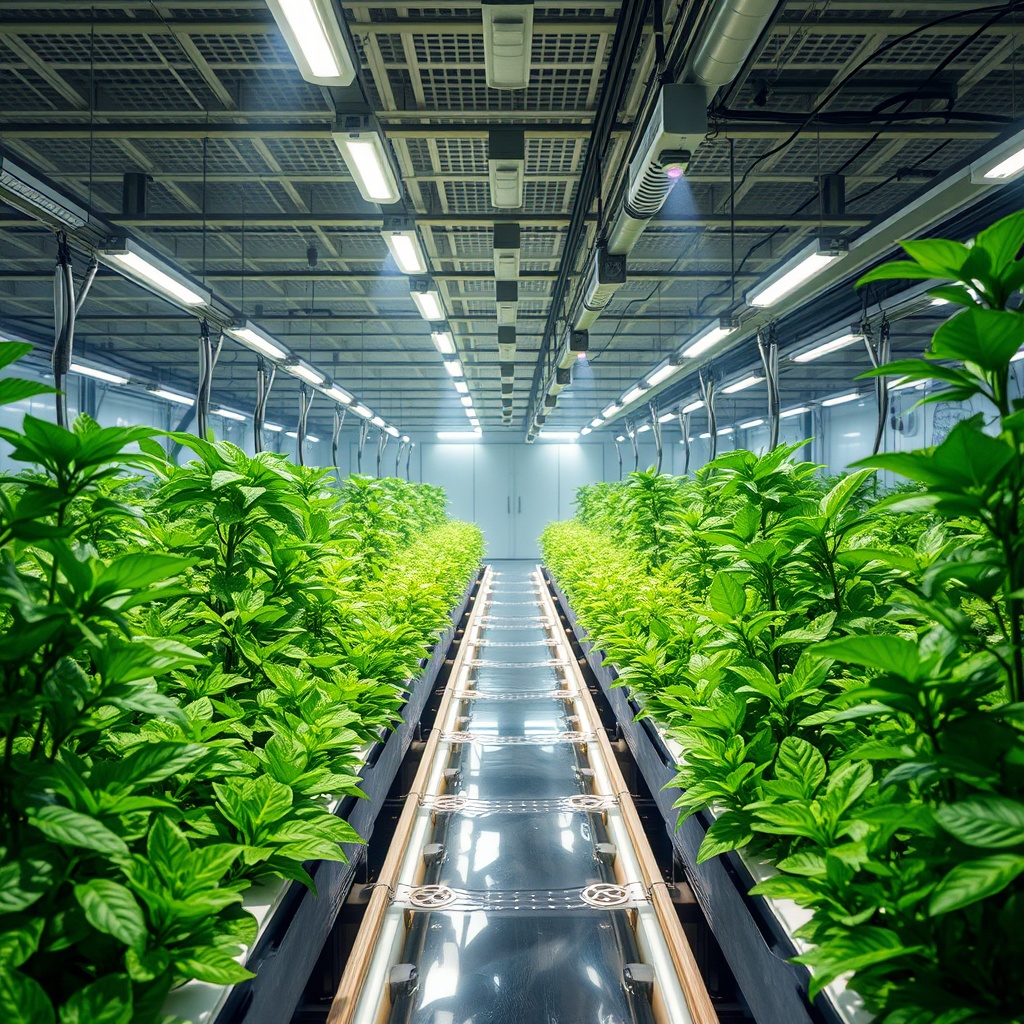Identifying Leafminer Infestations Early

Leafminers are small, yet formidable foes in the world of hydroponic gardening. These pests, often unnoticed until damage is done, can wreak havoc on your leafy greens, turning vibrant crops into a patchy disaster. Understanding how to identify these infestations early is crucial for maintaining healthy plants and a bountiful harvest.
One of the best defenses against leafminers is early detection. By familiarizing yourself with the telltale signs, you can act swiftly to protect your crops. Here are some key indicators to watch for:
- Visible Tunnels: The most obvious sign is the winding, serpentine trails left behind in the leaves. These tunnels are created as the larvae feed on the leaf tissue.
- Discoloration: Affected leaves may exhibit yellowing or browning along the edges, signaling that the plant is under stress.
- Frass: Small black specks (frass) may be visible on the leaf surface, indicating the presence of larvae.
Recognizing the difference between healthy and infested leaves can be a game-changer in your pest management strategy. Below is a simple comparison to help you identify leafminer issues effectively:
| Characteristic | Healthy Leaves | Infested Leaves |
|---|---|---|
| Color | Vibrant green | Yellowing or browning |
| Texture | Firm and smooth | Wrinkled or distorted |
| Tunnels | No visible damage | Visible trails and frass |
By monitoring these characteristics regularly, you can catch leafminer infestations before they spiral out of control. Remember, proactive care is the key to thriving hydroponic leafy greens!
Effective Prevention Strategies for Hydroponic Greens
When it comes to protecting your hydroponic leafy greens from the relentless assault of leafminers, a proactive approach is your best ally. Implementing effective prevention strategies not only safeguards your crops but also ensures a thriving ecosystem within your hydroponic garden. Let’s delve into some innovative methods that can keep these pests at bay, fostering a robust environment for your plants.
One of the most powerful tools in your prevention arsenal is the adoption of sound cultural practices. These methods not only minimize the risk of infestations but also enhance the overall health of your plants. Here are some strategies to consider:
- Regular Crop Rotation: Altering the types of leafy greens you grow can disrupt the life cycle of leafminers, making it harder for them to establish a foothold.
- Companion Planting: Introducing plants that are known to repel leafminers can create a natural barrier, reducing the likelihood of infestations.
- Sanitation: Keeping your growing area clean and free of debris helps eliminate potential breeding sites for pests.
Physical barriers and traps serve as an effective line of defense against leafminers, preventing them from reaching your precious crops. Here’s how to implement these strategies:
- Row Covers: Lightweight fabric row covers can shield your plants from adult leafminers while still allowing sunlight and moisture to penetrate.
- Pheromone Traps: These traps attract and capture adult leafminers, significantly reducing the population before they can lay eggs on your plants.
Even the best prevention strategies require vigilant monitoring and maintenance. Regular inspections of your hydroponic system will help you spot any early signs of leafminer activity. By incorporating the following practices, you can ensure your leafy greens remain healthy:
| Monitoring Practice | Frequency | Details |
|---|---|---|
| Visual Inspections | Weekly | Check for visible signs of leafminer activity on leaves. |
| Soil Testing | Monthly | Analyze nutrient levels to maintain plant health. |
| Trap Checks | Every 2 weeks | Evaluate the effectiveness of traps and replace if necessary. |
By weaving together these strategies, you can create a formidable shield against leafminers, ensuring your hydroponic leafy greens not only survive but thrive in a vibrant and productive environment.
Natural Remedies to Combat Leafminers
When it comes to battling leafminers in your hydroponic garden, the solution doesn’t always have to involve harsh chemicals or pesticides. Many effective and environmentally friendly natural remedies can help you reclaim your leafy greens from these pesky invaders. By utilizing these approaches, you not only protect your crops but also maintain the integrity of your hydroponic ecosystem.
Natural remedies offer a sustainable way to combat leafminer infestations while promoting overall plant health. These methods are not only safe for your plants but also for the surrounding environment. Here are some potent natural solutions you can implement:
- Neem Oil: Extracted from the seeds of the neem tree, this oil disrupts the life cycle of leafminers by acting as a repellent and growth inhibitor. Dilute it with water and spray it onto the affected leaves.
- Insecticidal Soap: A simple mixture of soap and water can suffocate the larvae. Ensure to cover the leaves thoroughly, especially the undersides, where they tend to hide.
- Garlic Spray: The pungent aroma of garlic can deter leafminers. Blend a few cloves with water, strain it, and spray it on the plants to create a protective barrier.
Introducing beneficial insects into your hydroponic environment can significantly help in managing leafminer populations. These natural predators not only target the pests but also contribute to a balanced ecosystem. Consider the following beneficial insects:
- Ladybugs: Known for their voracious appetite for aphids, ladybugs also munch on leafminer larvae, making them excellent allies in your pest control efforts.
- Parasitic Wasps: These tiny wasps lay their eggs inside leafminer larvae, effectively controlling their populations by using them as hosts.
By nurturing these beneficial insects, you can create a natural pest management strategy that complements your hydroponic gardening practices.
The Role of Environmental Control in Leafminer Management
In the intricate world of hydroponic gardening, the environment plays a pivotal role in determining plant health and pest management strategies. Leafminers, with their sneaky feeding habits, thrive under certain conditions that can be manipulated to your advantage. By understanding and controlling the environmental factors, you can create an inhospitable atmosphere for these pests, paving the way for healthy, flourishing crops.
Temperature regulation stands as one of the most critical aspects of environmental control. Leafminers tend to flourish in warm temperatures, making it essential to maintain a balanced climate in your hydroponic system. Keeping temperatures slightly cooler can disrupt their life cycle, preventing new generations from emerging. Moreover, consistent temperature management not only curbs leafminer populations but also enhances overall plant vigor, resulting in lush, green foliage.
Humidity levels also play a significant role in the dynamics of leafminer infestations. These pests prefer humid environments, which support their survival and reproduction. By monitoring and adjusting humidity levels within your hydroponic setup, you can create an environment that is less favorable for leafminers. Utilizing dehumidifiers or proper ventilation can help achieve optimal conditions for plant growth while minimizing the risk of infestations.
Light exposure is another influential element in the management of leafminers. These pests are less active in bright, well-lit conditions. Ensuring your plants receive adequate light can not only promote robust growth but also deter leafminers from infesting your crops. Strategic placement of grow lights can enhance plant health and reduce the likelihood of pest establishment, creating a dual benefit for your hydroponic garden.
Furthermore, implementing a holistic approach that combines environmental control with other pest management practices can fortify your defense against leafminers. Regular monitoring, alongside adjustments to temperature, humidity, and light, will empower you to maintain a thriving hydroponic ecosystem. By creating an unwelcoming environment for leafminers, you ensure that your leafy greens remain productive and healthy, ultimately rewarding your efforts with a bountiful harvest.
Recovery Techniques for Affected Leafy Greens
After dealing with the damage inflicted by leafminers, many hydroponic gardeners find themselves facing the daunting task of helping their plants recover. The journey to rejuvenating your leafy greens can be surprisingly rewarding if you approach it with the right techniques and knowledge. The key lies in understanding the steps necessary to promote regrowth and restore vitality to your crops.
One of the first steps in recovery involves ensuring that your plants receive adequate nutrition. Healthy plants are more resilient and better equipped to bounce back from pest damage. Start by assessing the nutrient levels in your hydroponic system. A balanced mix of nitrogen, phosphorus, and potassium is essential for leaf development and overall plant health. Consider incorporating organic fertilizers rich in micronutrients to stimulate growth. This nourishment will not only aid in the recovery process but also prepare your plants to fend off future infestations.
Equally important is the practice of pruning away the most severely damaged leaves. While it may be disheartening, removing these compromised parts allows the plants to redirect their energy toward producing new, healthy growth. This approach can significantly enhance the visual appeal and vitality of your hydroponic garden, making your plants more robust in the long run.
In addition to nutritional support, environmental adjustments play a critical role in aiding recovery. After a leafminer infestation, it’s crucial to reassess your growing conditions. Ensuring optimal light exposure and maintaining appropriate temperature and humidity levels can create a nurturing atmosphere conducive to recovery. Monitor these parameters closely and make necessary changes to promote healthy photosynthesis and growth.
Furthermore, introducing beneficial insects as part of your integrated pest management strategy can help reinforce the defense mechanisms of your plants. By establishing a balanced ecosystem, you not only assist in recovering from current infestations but also fortify your garden against future threats.
Ultimately, the recovery techniques for affected leafy greens are about holistic care and attentive management. By nourishing your plants, creating an optimal environment, and integrating natural pest control methods, you can transform your hydroponic system into a thriving sanctuary for your leafy greens, ensuring that they flourish well beyond the challenges posed by leafminers.




